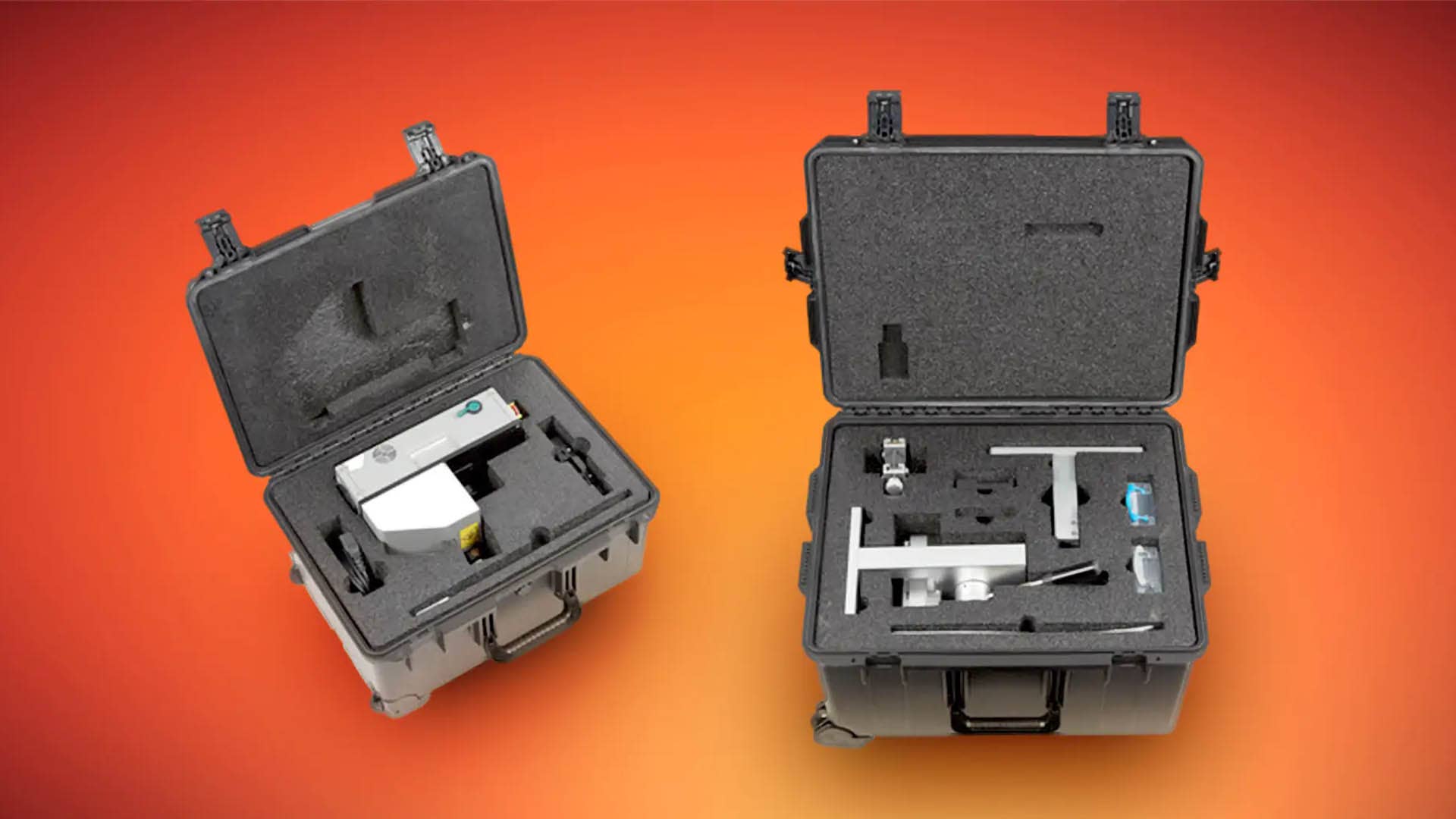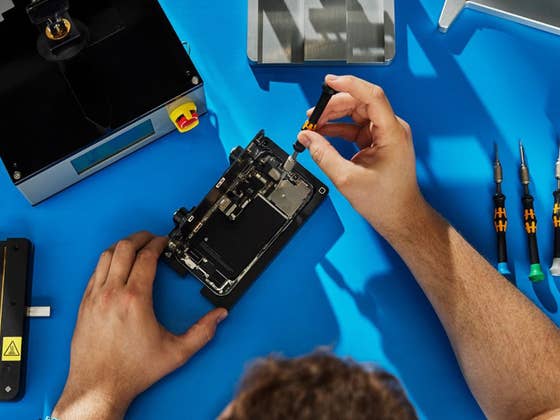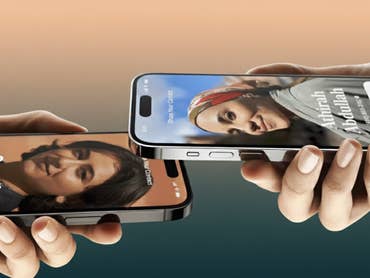This expansion is part of Apple’s right-to-repair initiative that first launched in 2022, allowing users to repair their own device with Apple and iFixit supplying genuine replacement parts, tools, and disassembly/assembly guides.
How Apple’s self-service repair diagnostics tool work
With the Diagnostics for Self-Service Repair available, it makes the repair process for users a lot easier by letting them scan and pinpoint which components are not functioning in their Apple device and require a replacement. Afterward, they can order the relevant parts and perform the repair on their own, eliminating the step of bringing the device to authorized service centers, and possibly incurring extra charges.
Among the available parts are battery packs, cameras, speakers, back glass, and even logic boards for select iPhone models including the iPhone 15 (review). For MacBook repairs, you can order replacement batteries, LCD panels, USB ports, trackpads, and more.
Even so, Apple announced in April that it intends to allow individuals and repair centers to utilize used genuine components during repair. It is expected this is set to start later this year.

According to Apple, the self-service repair supports the iPhone, Mac desktops, MacBook laptops, and Studio Display. It also recently added the MacBook Air M3 to the list of devices under this program. In total, Apple boasts 42 self-serviceable devices.
New Repair State when servicing iPhones
Despite improving the self-service repair program, Apple continues to make its repair process easier and more secure for individuals who opt to send the device to service centers.
For instance, in iOS 17.5 beta, Apple has included a “Repair State” mode. Basically, this is a feature that lets users toggle the Find My and Activation Lock before their iPhone is sent for repair. This enables the iPhone to be tracked with a “Ready to Repair” status display on the handset.
However, it’s still unclear whether the feature will be added in the definitive version of iOS 18 that should be released to the public this fall.
What do you think of this initiative from Apple? Is this something that major brands should do? Let’s hear your opinion.
We mark partner links with this symbol. If you click on one of these links or buttons–or make a purchase through them–we may receive a small commission from the retailer. This doesn’t affect the price you pay, but it helps us keep nextpit free for everyone. Thanks for your support!



